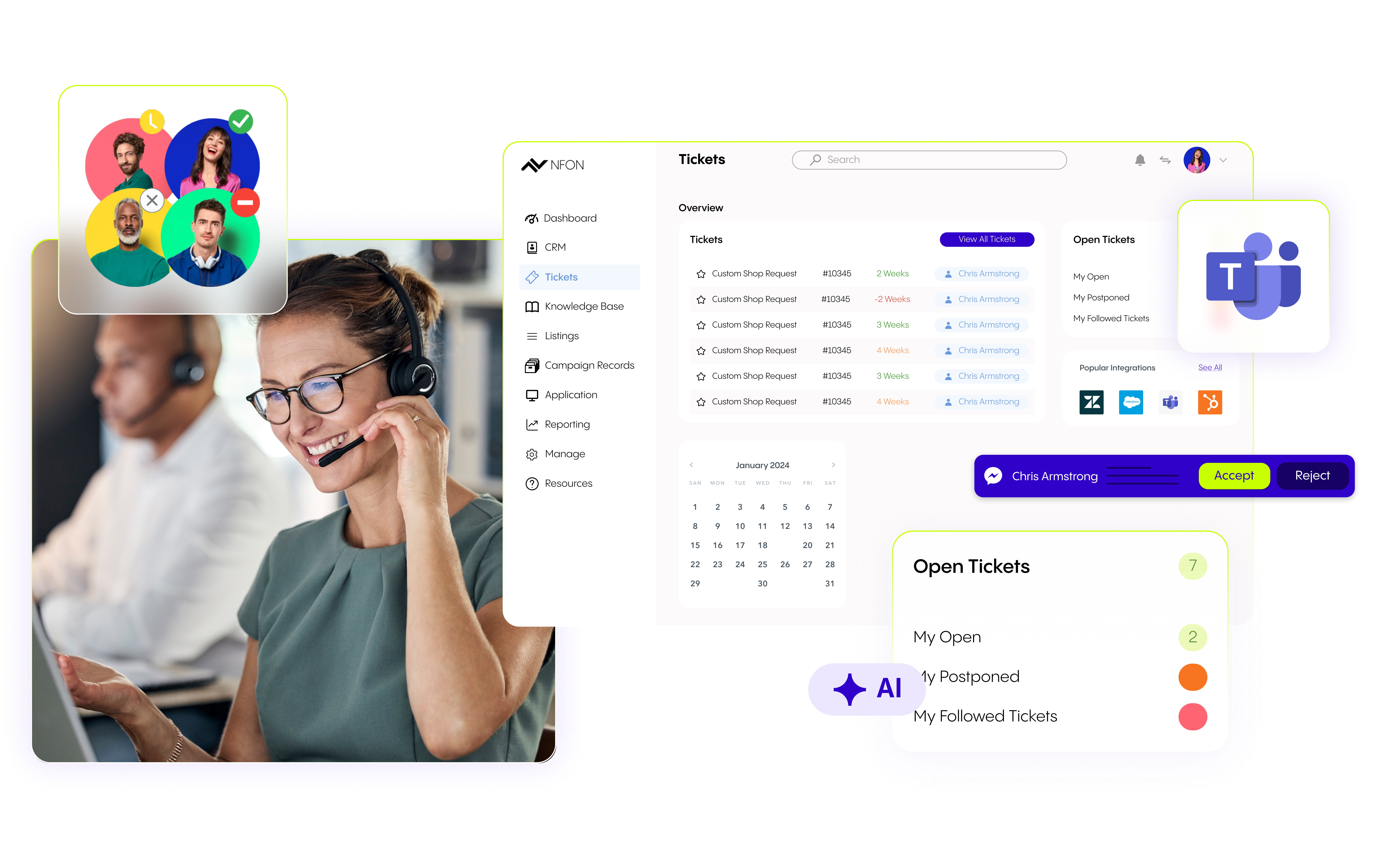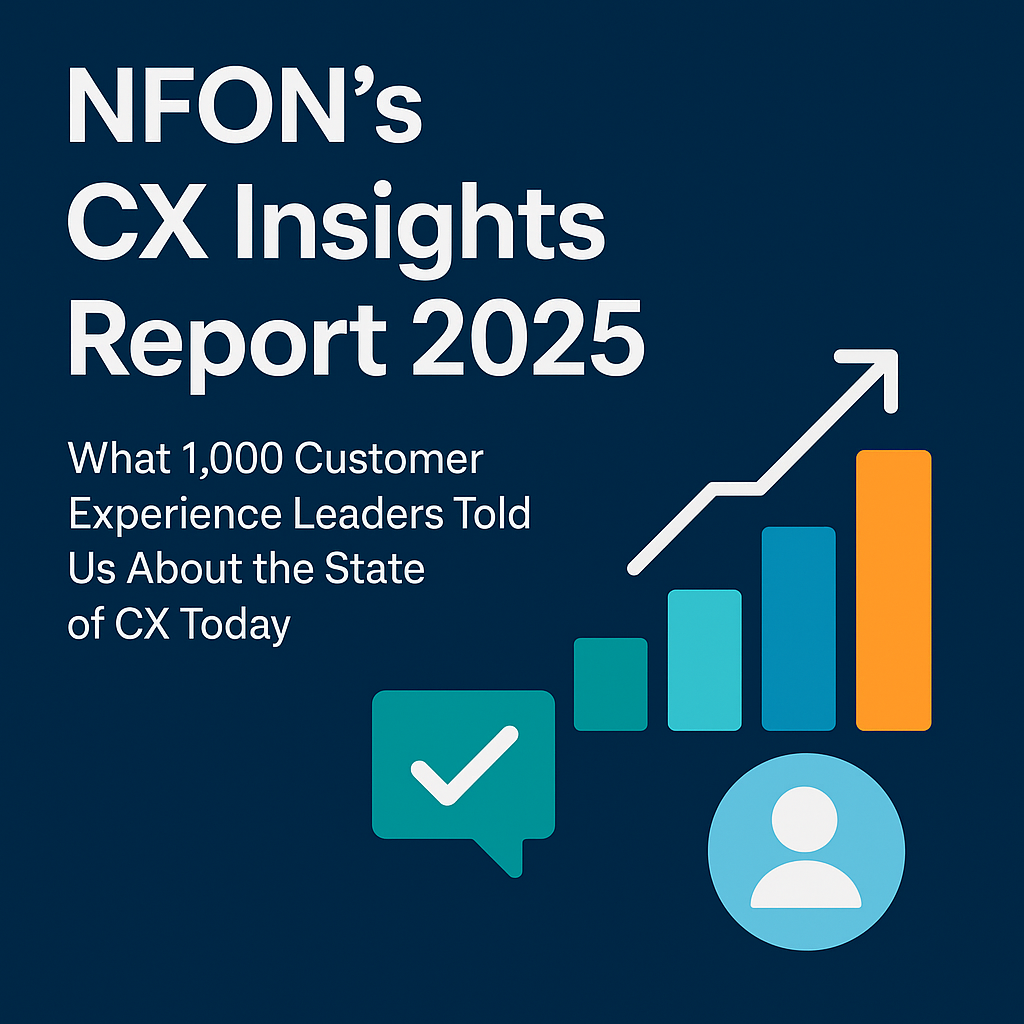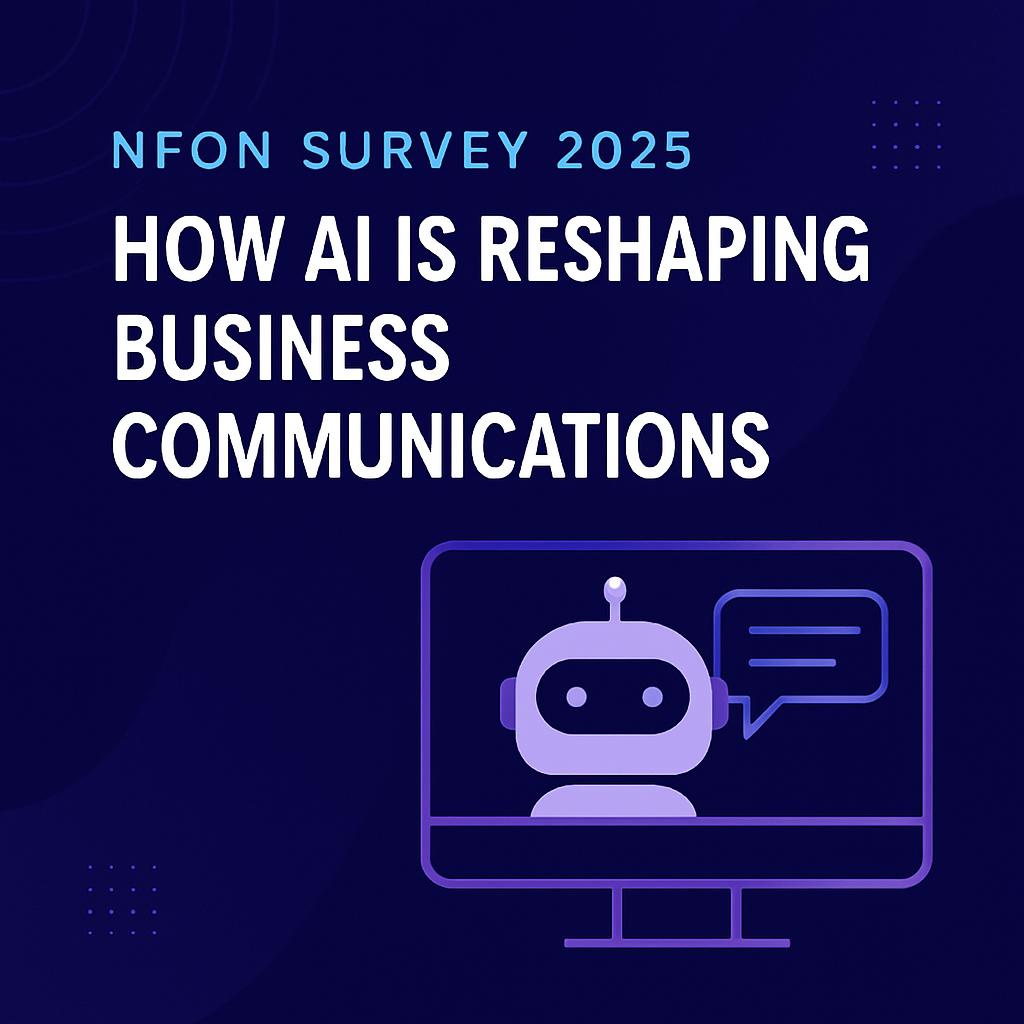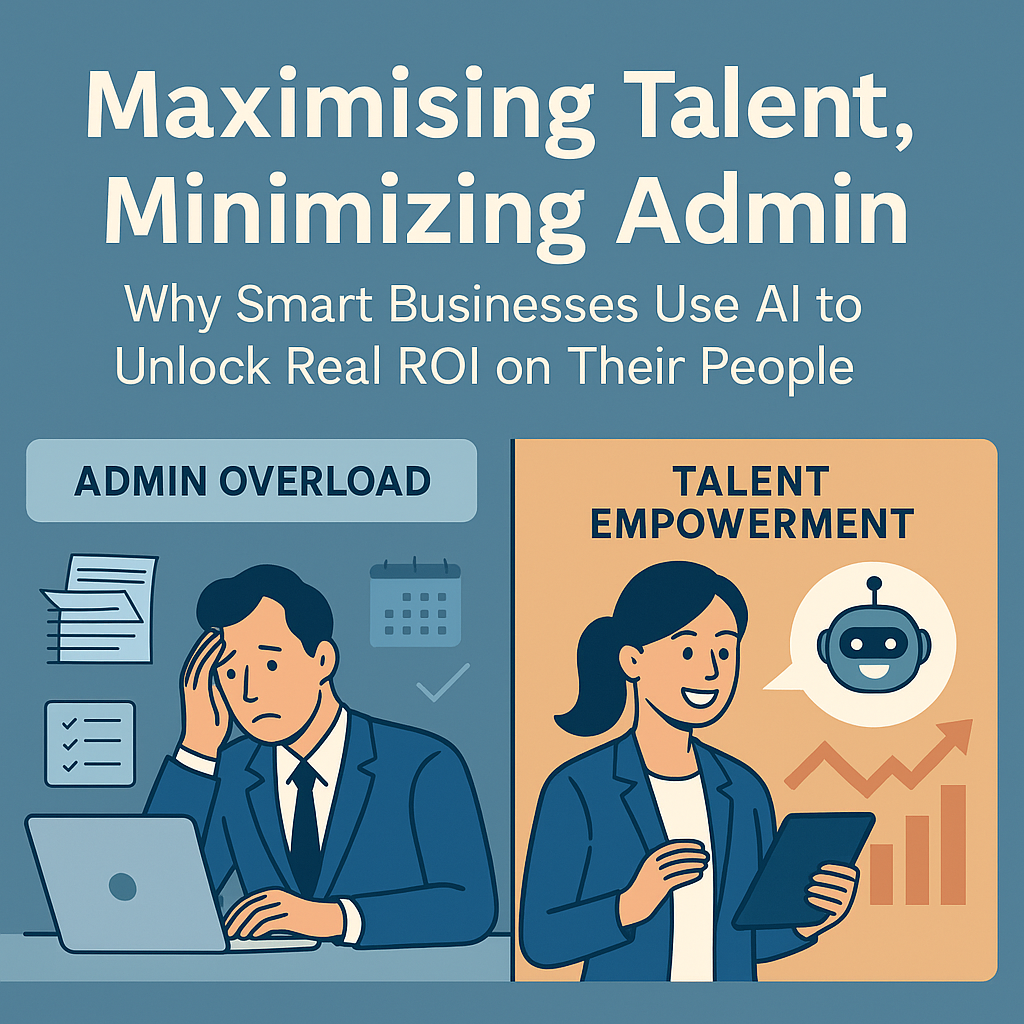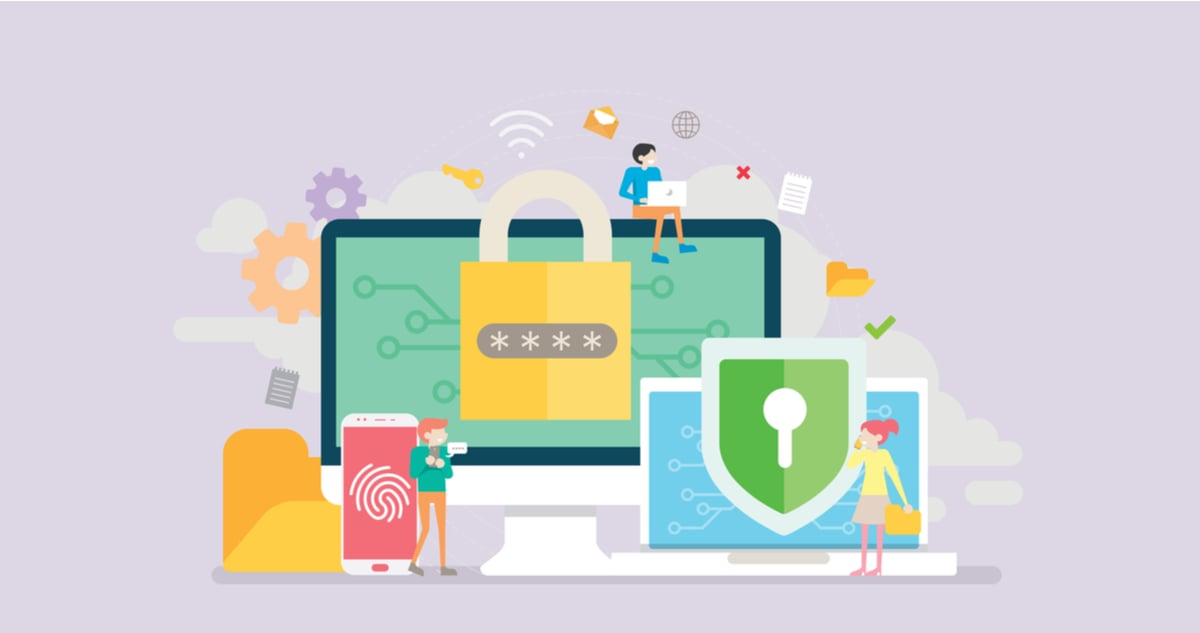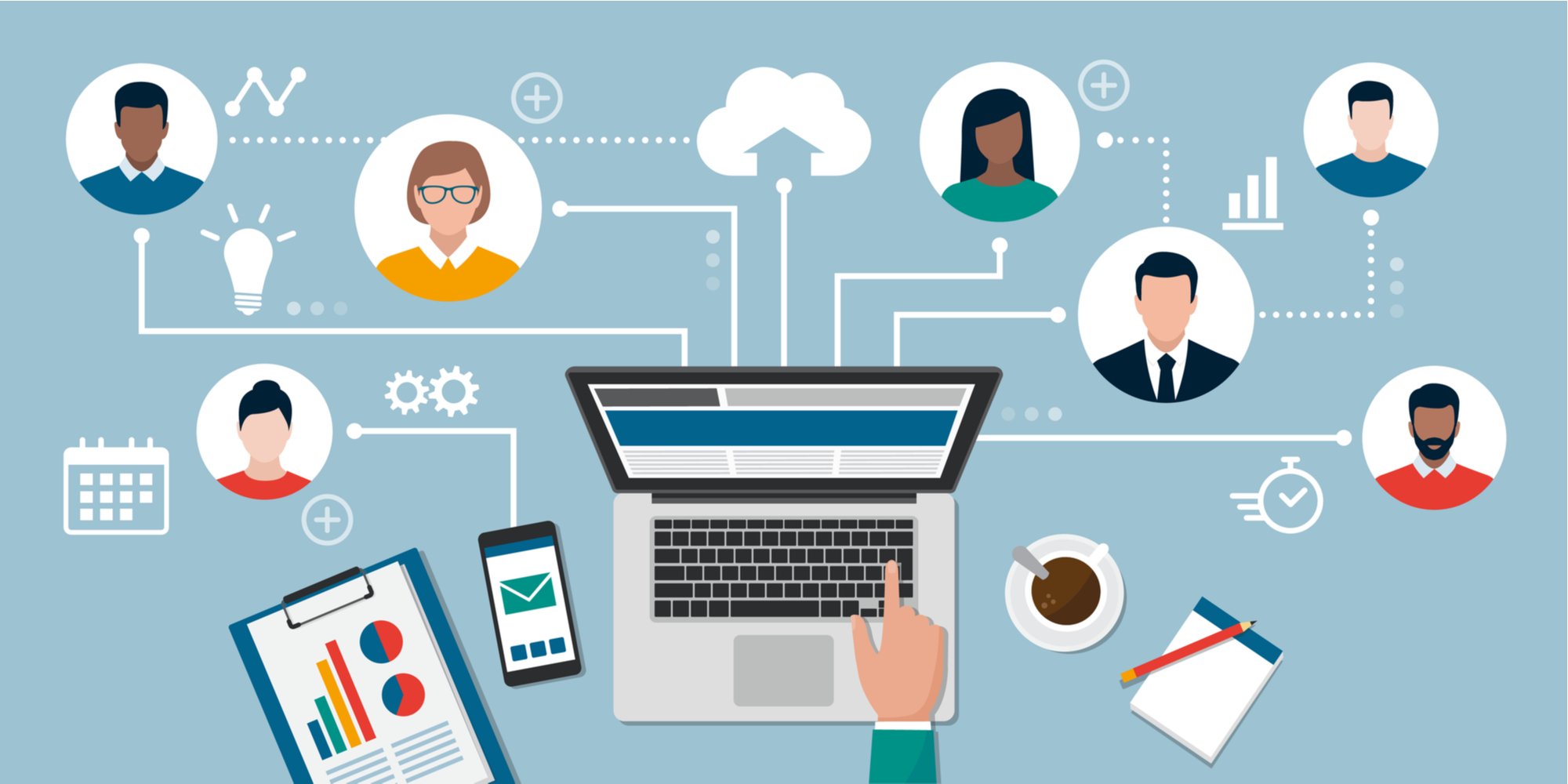According to Forrester, 75% of the world's commerce is conducted through indirect sales.
Not only that, but for many industries, channel sales is a fundamental part of long-term growth .
Take the booming telecommunications space for example (where Unified Communications-as-a-Service alone is projected to grow to $24.8 billion by 2024).
The efforts of channel partners are key to helping telecoms businesses expand their customer base, without compromising on their level of customer experience.
There’s tons of helpful information out there for businesses looking to start their own channel partner program.
But what about content aimed at channel sellers themselves?
Unfortunately– as you might have found during your own research it’s startlingly low .
That’s why we put this guide together.
Read on to find out exactly what it means to be a channel partner, what it entails, and how joining a partner program could help you evolve your business.
Want to know more about channel sales in general? Check out the complete guide.
What is a channel partner?
Gartner defines a channel partner as:
“A company — such as a reseller, service provider, vendor, retailer or agent — that partners with another organisation to market or sell their services, products or technologies.”
But what does this mean in real terms?
Channel selling means being the go-between in a sales journey.
As a channel partner, you help other businesses distribute their products and services to end customers.
This might be to help that business:-
- break into a new market or region
- outsource parts of the sales lifecycle
- scale up more efficiently
- deliver more value-added solutions to their customers.
Just as there are many reasons for a vendor to set up a channel partner network, there are many different selling models those networks can use.
With the right knowledge, you can join a channel partner program that is best suited to your business and its goals.
The different models of channel sales
Broadly speaking, there are three different models of channel selling.
1. Selling with a partner
2. Selling through a partner
3. Selling a vendor’s product under your brand
1. Selling with a partner
This involves cross-selling products or services that complement one another.
The benefit of this is it delivers much more value to the customer.
This can help to…
- deepen relationships with them
- increase their loyalty
- and as a result, create further sales opportunities.
This model is ideal for aspiring channel partners that sell bolt-on products.
For example, let’s say you sell Product X.
Product X is a software that integrates with System Y.
For customers to buy Product X, they first need to have invested in System Y.
This can present a barrier to your sales opportunities.
By partnering with the provider of System Y, you can overcome this sales barrier – now, you can offer customers everything they need straight away.
2. Selling through a partner
The most obvious example of this model would be a supermarket.
A supermarket displays stock from a multitude of different suppliers.
This helps to attract a large inflow of customers.
But, it can also mean similar products are sold in the same arena.
This is just like when a business sells through a partner.
Let’s say your product (or a product you’re selling) now sits on a reputable ecommerce website.
This means thousands more people will see that product each day .
But, they’re also seeing competing offerings in the same space.
For you as a channel partner, the benefit is a huge potential sales increase.
The caveat though is potentially fierce competition.
Go for this model if you are confident in your offering and its USP.
3. Selling a vendor’s product under your brand
This is most commonly known as “white-labelling ”.
It can also work the other way round.
I.e. where you integrate your product into the offering of a vendor.
The best thing about white-labelling is that it separates marketing and production duties.
One business can work on producing the product.
Another can work on marketing it.
And another can work on closing the sale.
This creates a much more efficient sales lifecycle.
Requiring less time, cost, and internal resources…
…to achieve the same excellent results.
BUT be mindful, there can be a trade-off of brand awareness.
What’s in it for me?
So, to recap the benefits for channel partners such as yourself…
- More brand credibility/authority
- Newfound customer reach
- Opportunities to cross-sell and add value
- More sales output, for less input
How do I know which partner program is right for me?
The right channel partner program should empower and support you to do the best you can.
That way, everyone wins.
To really know which program will do this for you, you need to do your research.
But, if it has any of these traits, that’s usually a good start…
- Exclusive prices
- A dedicated account manager
- Training
- Incentives
- Sales and marketing resources
- Choice of selling model

